Rominten Jagdschloss
In 1891, the German emperor, Wilhelm II, built a small hunting castle (Jagdschloss) in East Prussia. There, the emperor traveled with both family and friends to relax and hunt. In connection with the castle, several other buildings were built, including a chapel (Hubertskapelle). During the First World War, the castle was looted by Russian troops but it was not destroyed. After the emperor abdicated and fled to Holland in 1918, he was allowed to keep the castle. When the Nazis came to power in 1933, Hermann Goering, as Prussian minister-president, tried to buy the castle, but the former emperor refused to sell the castle. Only after the emperor’s death in 1941 could Goering buy the castle, but not until October 1942. When the Soviet Red Army conquered Rominten, the castle was used for a short period as a convalescent home. In 1949/50 the castle was dismantled and moved to Kaliningrad’s central park, rebuilt and still stands and is used by the park administration.
Current status: Demolished (2013).
Location: 54°21´45.32" N, 22°32´15.86" E
Get there: Car.
Follow up in books: Clark, Christopher: Kaiser Wilhelm II (2000).
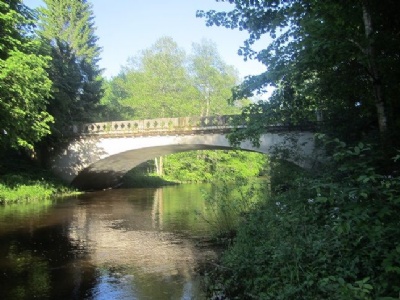
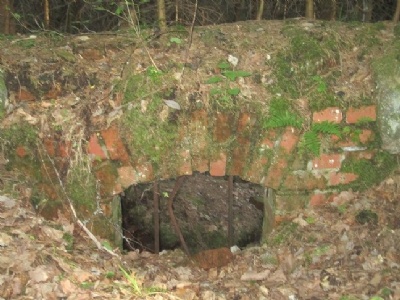

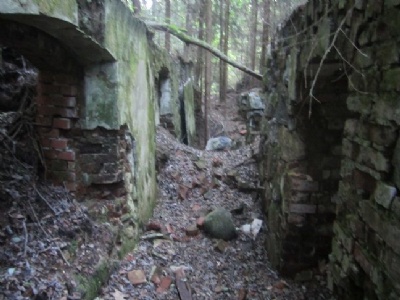
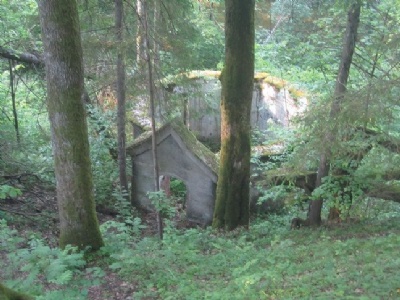
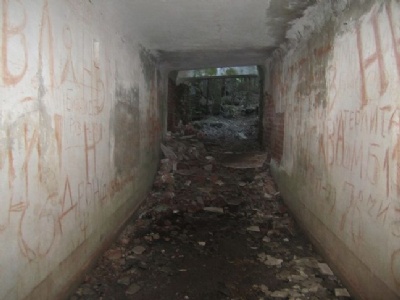
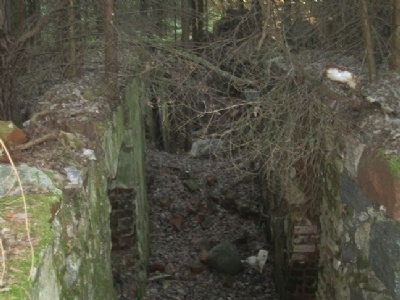
The site is very close to the border with Poland and foreign visitors who want to visit the area need a special permit that can be issued by the local FSB (formerly known as the KGB) in Kaliningrad. The site is located far into the Rominten forest and is very difficult to find if you do not have local knowledge of all the roads in the area. Although Jagdschloss was dismantled, there are ruins and despite the vegetation surrounding the ruins, it is easy to walk arround the site. Some adjacent buildings remain in relatively good condition, including the pavilion on the slope behind the castle and the bridge Hirschbruecke (or Kaiserbruecke) remains in drivable condition. Gone, however, are the deer sculptures that were on each side of the bridge deck, they now stand in a park in Moscow. Russia has realized that the place has a historical value and therefore it has tried to make the place more accessible to visitors by putting up signposts. The only problem is that it is extremely difficult to find these signposts.